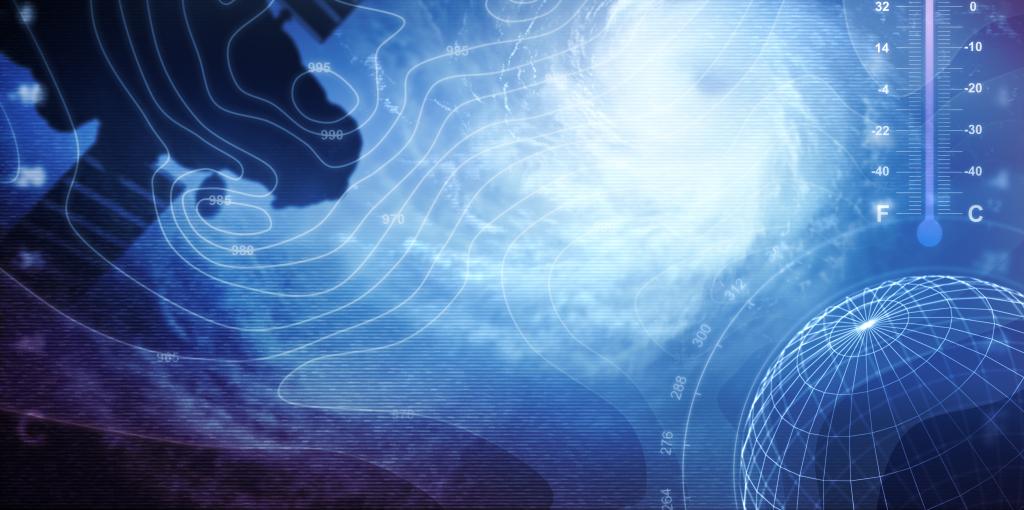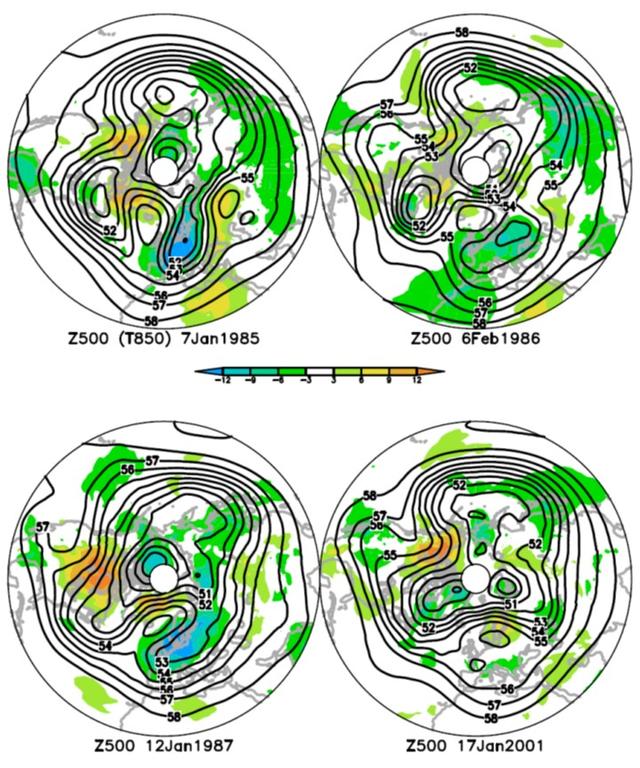Admission CTAs
Straus Encyclopedia Entry
The 2019 edition of the Oxford Research Encyclopedia of Climate Science features an article on “clustering Techniques in Climate Analysis” by AOES professor David Straus.
Clustering techniques identify discrete groups of atmospheric and oceanic structures that occur more frequently than would be expected based on a background distribution, such as a multivariate Gaussian distribution. Some of the techniques identify states that are also unusually long-lived (or persistent).
Examples of atmospheric states identified from cluster analysis include seasonal-mean midlatitude response patterns to El Niño events, and the North Atlantic Oscillation and the Pacific–North America patterns. On weather timescales, cluster analysis has been used to objectively identify a number of typical synoptic patterns familiar to forecasters.
Dr. Straus’s research has applied cluster analysis to better understand the effects of sub-seasonal tropical heating on mid-latitude circulation, and to help categorize extreme precipitation events over North America.

